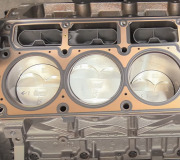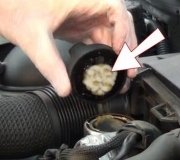A do-it-yourselfer is capable of replacing a head gasket, ... And of performing open heart surgery, if he has the right instructions and knows all the things to look out for. This is where experience and training come in.
First you have to know for sure it's leaking. It's an expensive repair to leave to guess work. Next, you have to know why it's leaking. Did it corrode through? If so, what condition is the heater core and radiator in? If the engine overheated the head could be warped. If the head warped, it could lead to overheating.
Years ago it was common to "surface" cylinder heads to make them perfectly flat. That can't be done with yours. Warped heads that are machined will leave the camshaft journals out of line. For that reason, the head must be heated and straightened if it is more than.002" warped.
Many cylinder head bolts can not be reused. Some are "torque-to-yield" and they can only be used once. The bolts can not be tightened properly with a torque wrench. The aluminum will just crush. Instead, you must use a torque wrench to bring the bolts to a low value, then use an angle gauge to tighten them the additional amount.
Cylinder head surface prep is very important. You can't just slap a new gasket in and expect it to seal. Most mechanics use a rotary air tool with a scuff pad to clean the old gasket off and to create the microscopic scratches that the new gasket will bite into. Some gaskets benefit from a spray-on sealer. "Copper Coat" is one trade name.
Wednesday, April 20th, 2011 AT 5:33 AM




